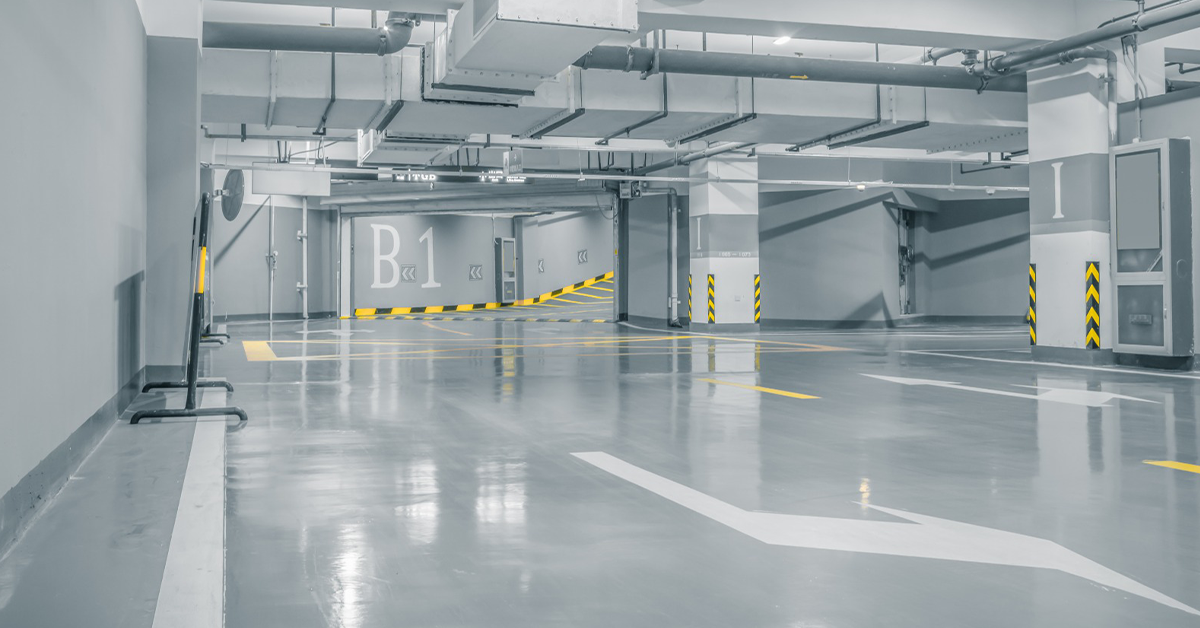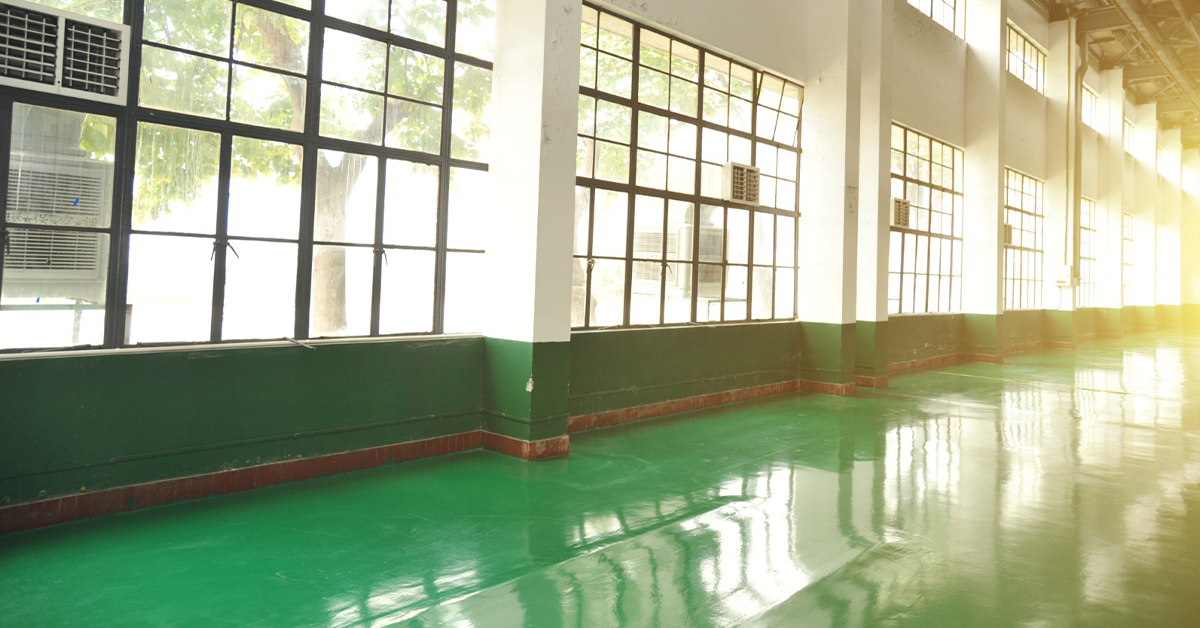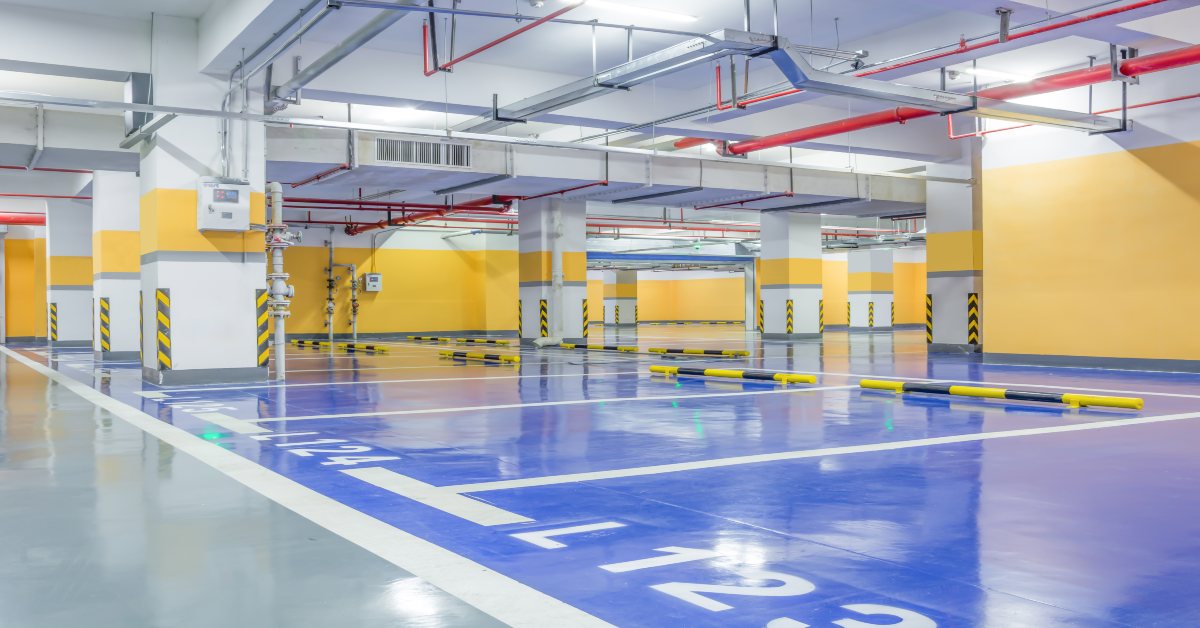How Much Does Epoxy Flooring Cost in India?
Updated : 6 months ago
.png)
What Really Drives the Cost of Epoxy Flooring in India?
If you've ever paused mid-project to admire that sleek, uninterrupted floor in a warehouse, a hospital, or an industrial unit, you weren’t just noticing the shine. You were seeing a promise of performance, resilience, and intent. But let’s be real. For every architect sketching blueprints, for every contractor bidding on a tender, there’s always that one thought circling the mind: “How much will this really cost?” This isn’t just about epoxy floor price. It’s about understanding what you’re paying for, especially when the floor beneath your feet needs to be more than just pretty, it needs to perform. Let’s get into the real talk.

First, What Exactly Is Epoxy Flooring?
Picture this: not paint, not polish, but a system that seals your intent into the ground. Epoxy is a thermosetting resin, a fancy term, yes, but what it really means is this: Once cured, it becomes a seamless, non-porous, stain- and chemical-resistant surface. It’s the kind of floor that doesn’t flinch when forklifts roll across an industrial flooring site or when hygiene and sanitisation aren’t just preferences but strict protocols. This isn’t flooring. This is your foundation of function.

So, What Affects the Cost?
Size of the space
Larger spaces often get you better rates per square foot, that’s economies of scale doing their job. But keep in mind: more square footage means more prep, more material, more time.
For architects: Planning a 20,000 sq ft facility? The prep logistics might influence timelines as much as budget.
For contractors: Smaller jobs often carry minimum charges, so knowing breakpoints helps bid smarter.
What Lies Beneath: The Floor’s Existing Condition
No two concrete surfaces are alike. An uneven warehouse slab with old coating will need a completely different prep routine than a new RCC floor in a pharma unit.
The hidden cost? Surface prep. Grinding, crack filling, levelling, it’s where budgets can stretch unexpectedly.
Pro tip: Walk the site. Don’t just rely on what it “looks like.” The epoxy flooring cost or depends just as much on what’s under the surface as what’s above.
Layer Thickness & Number of Coats
Epoxy isn’t a one-size-fits-all layer. A light-traffic retail store might be fine with a 1.5 mm coat. A battery plant? Not so much. The thicker it goes, the longer it lasts and yes, the more it costs. Balance is the key: Too little and you risk wear. Too much and you overspend. The sweet spot lies in understanding the intended function.
Material Quality
Not all epoxy is created equal. Solvent-free, self-levelling, anti-static, UV-resistant, these aren’t marketing terms; they are actual performance metrics.
Sometimes, it’s tempting to go for the cheaper option. But when that topcoat starts yellowing or flaking after a year, cost-saving turns into cost -adding.
Architects: Specs matter more than price tags. A low-cost epoxy that flakes in a monsoon is more expensive in the long run.
Design & Finish Complexity
A solid grey floor is quick to install. But once you move into metallic finishes, decorative flakes, or custom branding, things slow down, and costs go up.
Fancier finishes mean added time, skilled applicators, and careful planning. And yes, this impacts the epoxy floor price.
But there’s a smart way to do it: Highlight visual areas with decorative finishes. Keep the rest functional. Blend flair with purpose.
Special Functional Add-ons
Anti-slip coatings. Anti-static floors. Resistance to acids, oils, or forklifts. These aren’t luxuries. They’re necessities depending on the industry.
Each comes with its own material cost, curing time, and trained application. At this point, a good consultant is worth more than a “low quote.”
Location & Accessibility
It’s not just metro vs. non-metro. It’s about:
Can trucks reach you?
Will rains halt curing?
Is water available for grinding?
Delays caused by access issues or logistical hiccups may not show up on a quote, but they do show up in your project’s final cost. The epoxy flooring price per sq ft often reflects far more than material, it reflects everything that goes into getting it there.
Deadlines That Chase You Back
Tight timelines usually mean extended shifts, more labour, and parallel workstreams. Yes, it can be done, but it comes at a cost.
Especially in commercial or industrial flooring projects, where handover delays cost more than flooring itself, it might just be worth the premium for faster execution.
Final Word: It’s Not Just Flooring. It’s Function.
A good epoxy floor is silent, it doesn’t demand attention, doesn’t crack under pressure (literally), and doesn't need frequent maintenance calls.
It’s only when it fails that it becomes everyone’s business.
And that's why the real question isn’t just “How much does epoxy flooring cost in India?”
It’s: What does that cost protect you from?
A Quiet Note from the RachTR Team
We’re not here to pitch. You already know what you need. We’re here because we’ve been on your side, walking factory floors before a shutdown, fixing cracks before inspections, explaining coatings to CFOs and civil engineers alike.
And if our experience helps you make a smarter flooring choice, then that’s a job well done.
FAQ (for the practically minded):
Q1: Epoxy vs. Tiles, what’s better?
Tiles are for aesthetics. Epoxy is for performance. If your space sees chemicals, traffic, or demands hygiene, epoxy wins.
Q2: How long does epoxy last?
Typically 15–20 years, but like all good things, it depends on use and upkeep.
Q3: Is epoxy really cost-effective?
Upfront, it’s an investment. Long-term, it’s peace of mind, less repair, less hassle.
Q4: Why is it expensive?
Because it’s not just material. It’s precision, surface prep, layers, skill, and performance all rolled into one finish.
60 views
60
0 comments
0












Comments